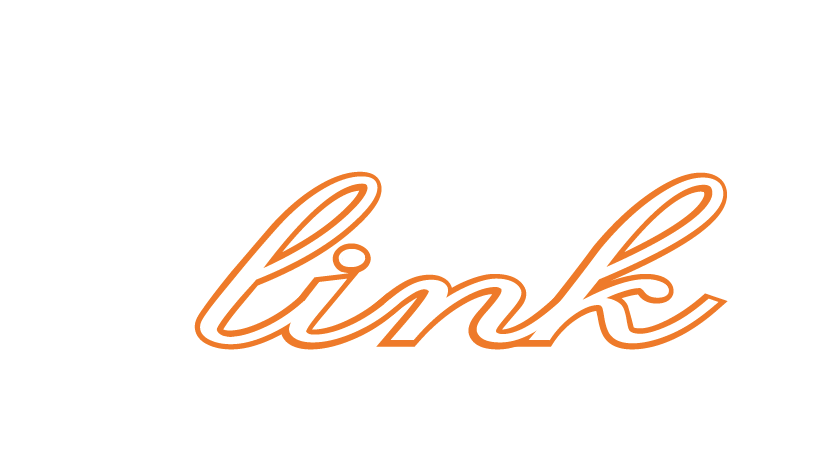Smart hospital solutions that meet patient care needs.
The characteristics of the smart healthcare industry include digitization, intelligence, personalization, globalization, and collaboration. By utilizing advanced technologies such as artificial intelligence, big data, and the Internet of Things (IoT), it achieves the sharing and optimization of medical resources, providing more accurate, efficient, and personalized healthcare services. The smart healthcare industry also promotes global medical cooperation and cross-border medical research to improve global health levels.
Approaching forwards with the customers via innovative tools and technologies.
Approaching forwards with the customers via innovative tools and technologies.
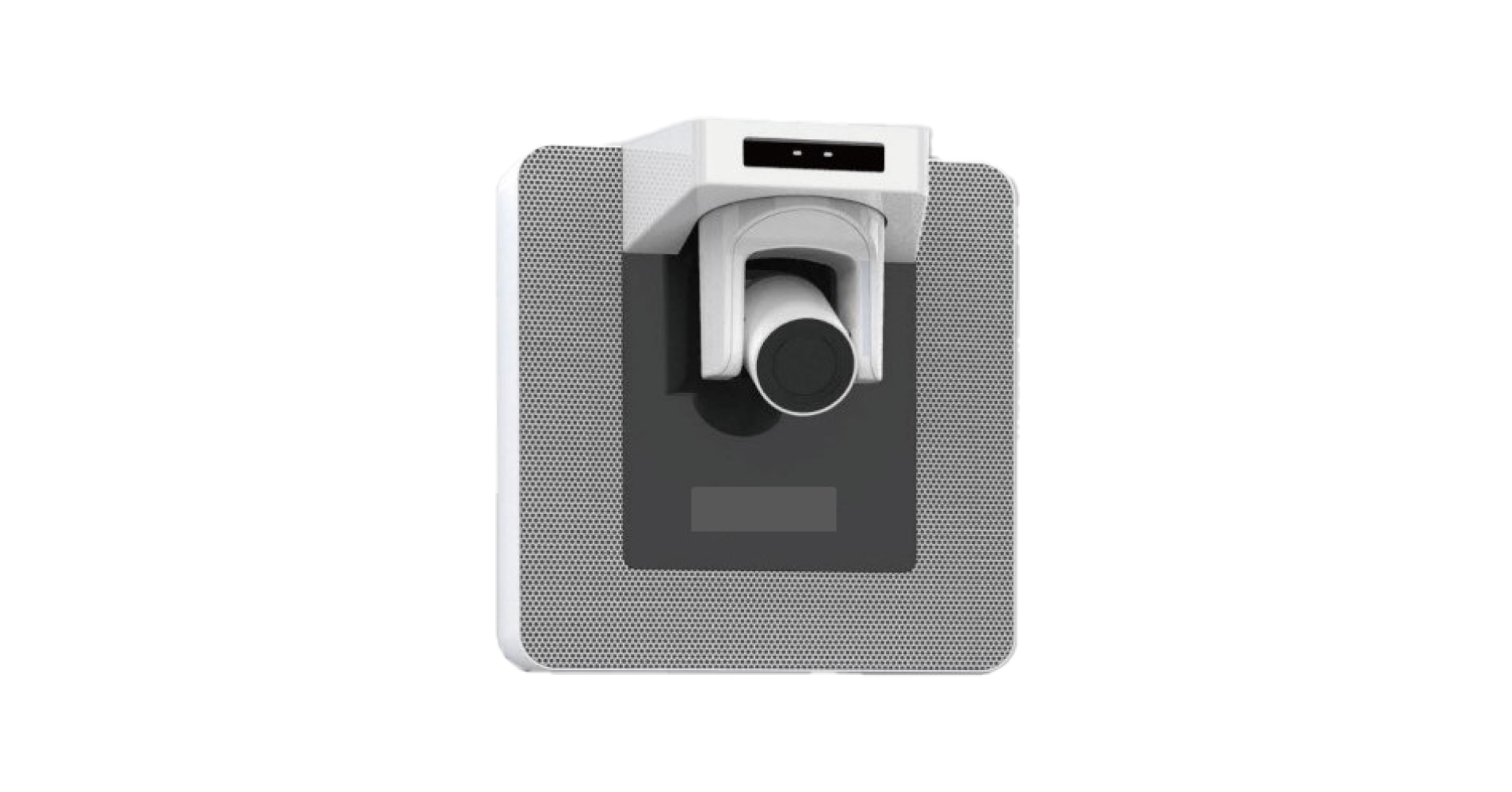
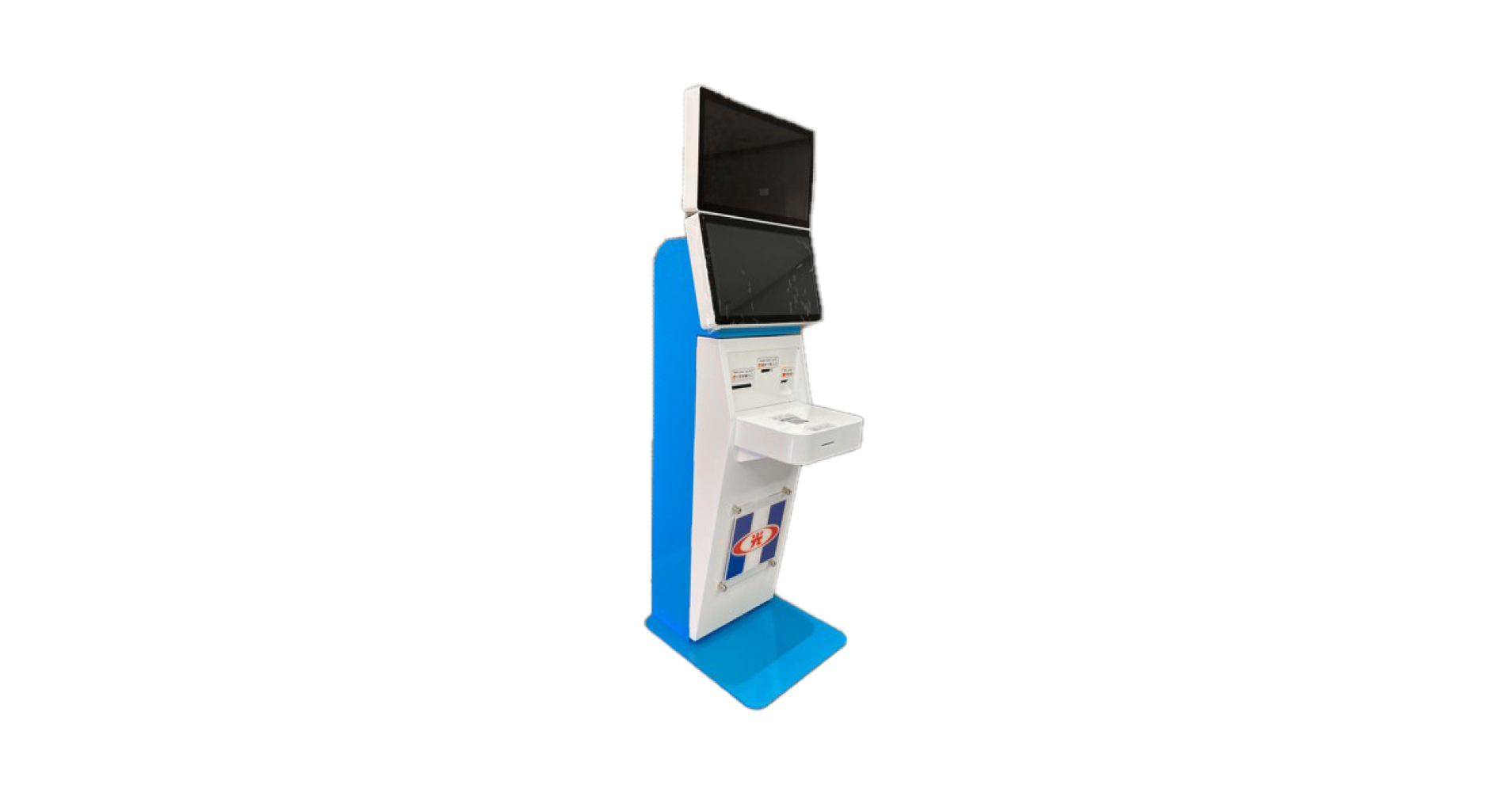
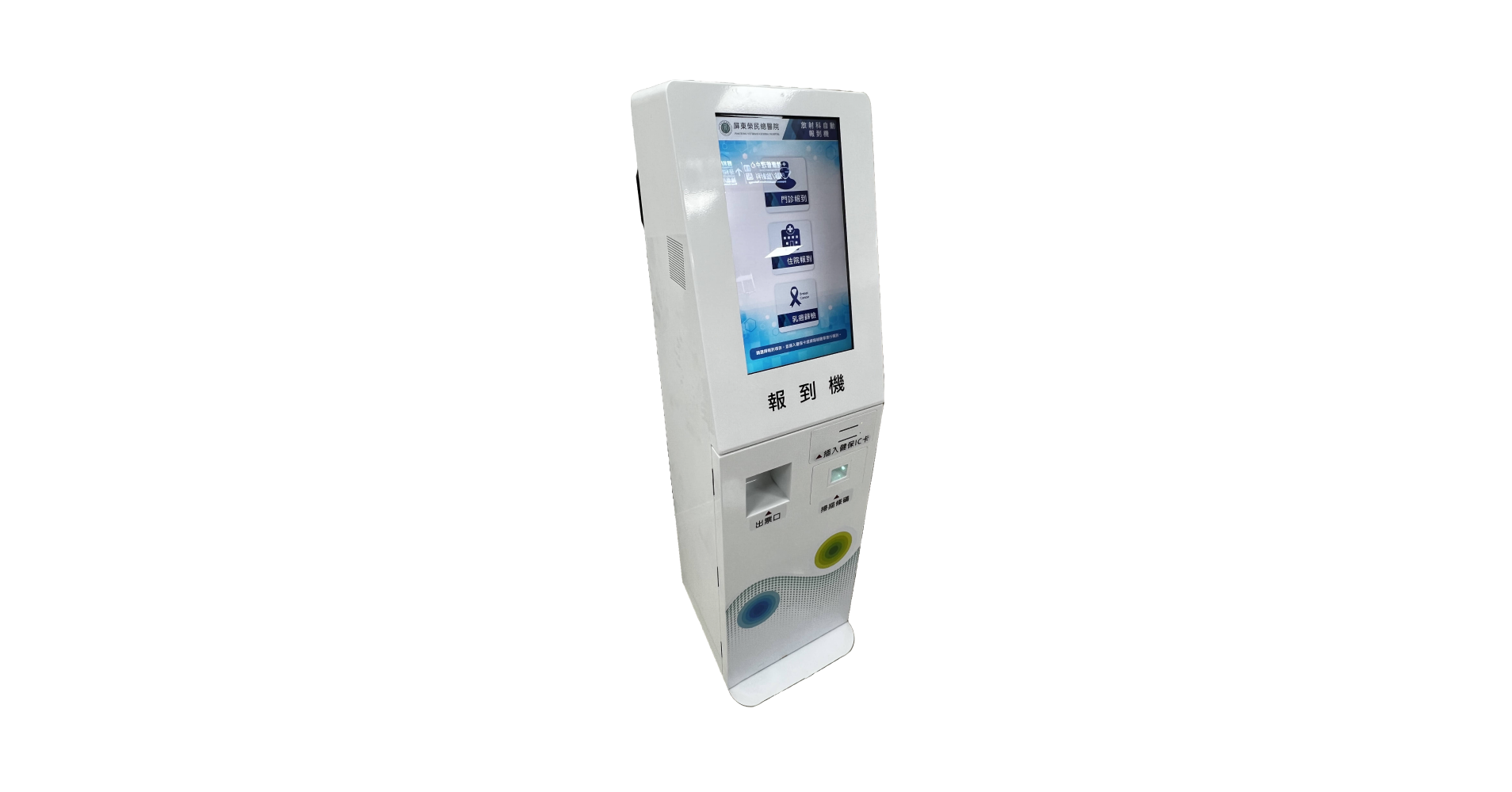
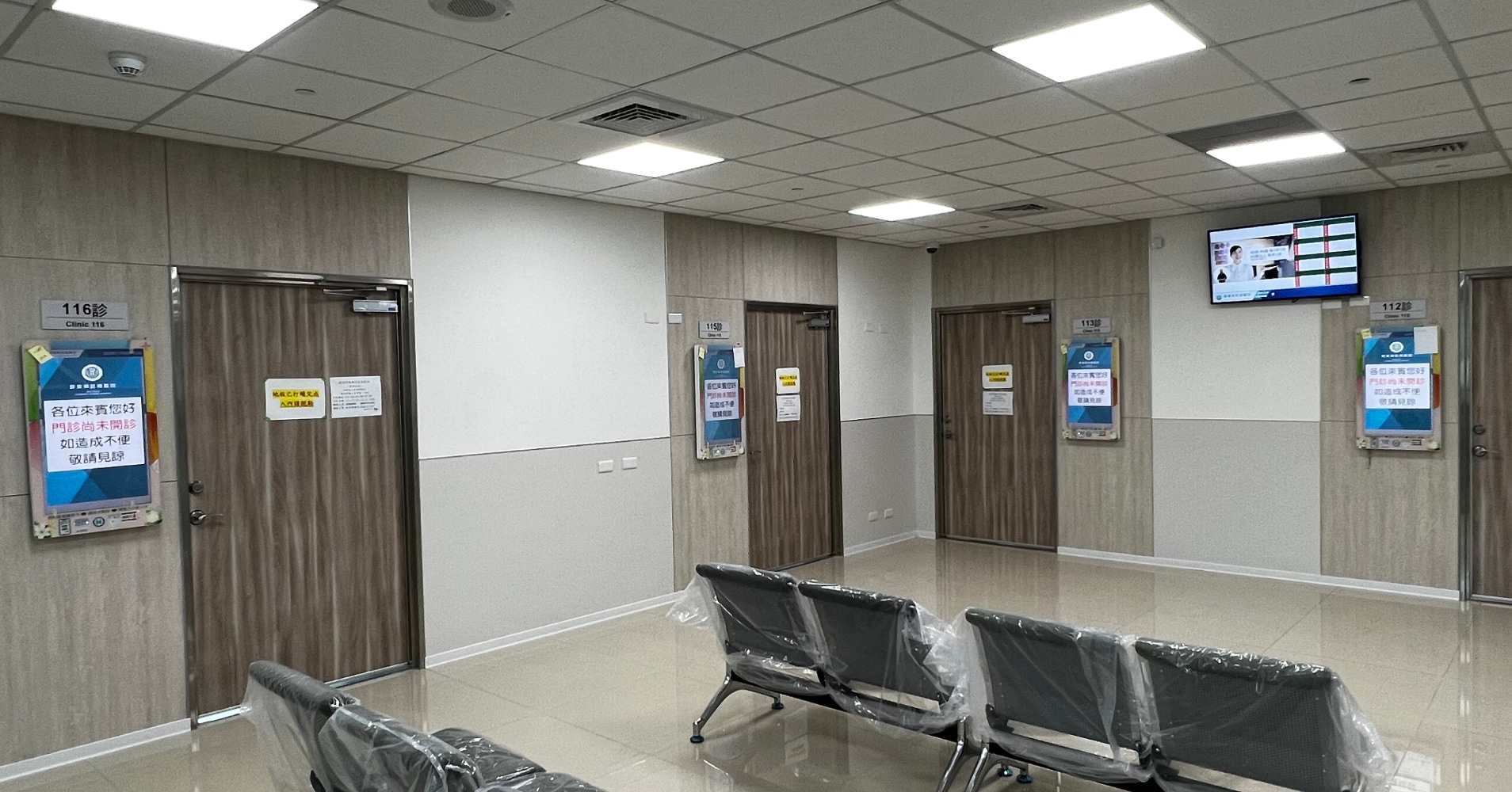
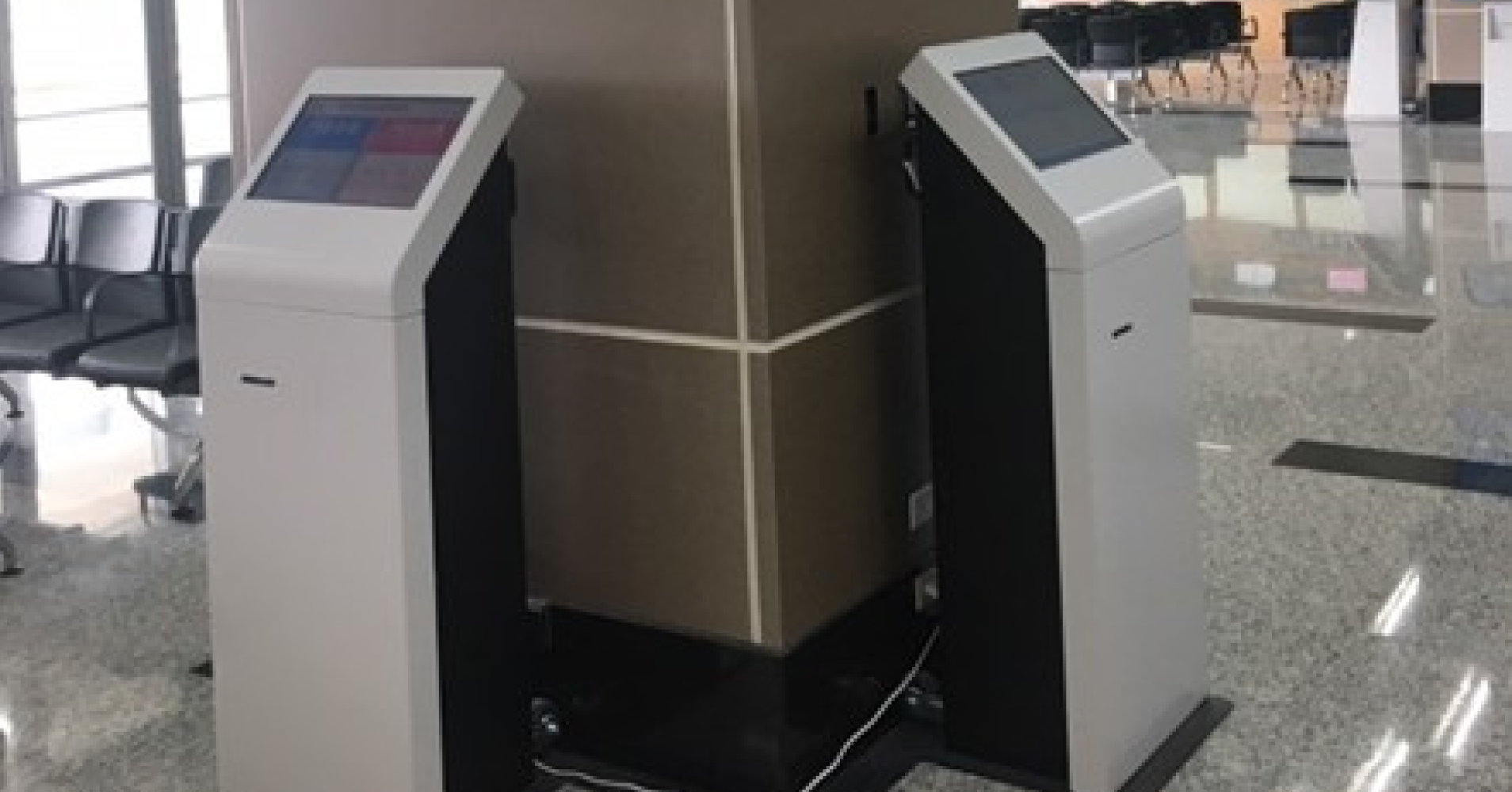
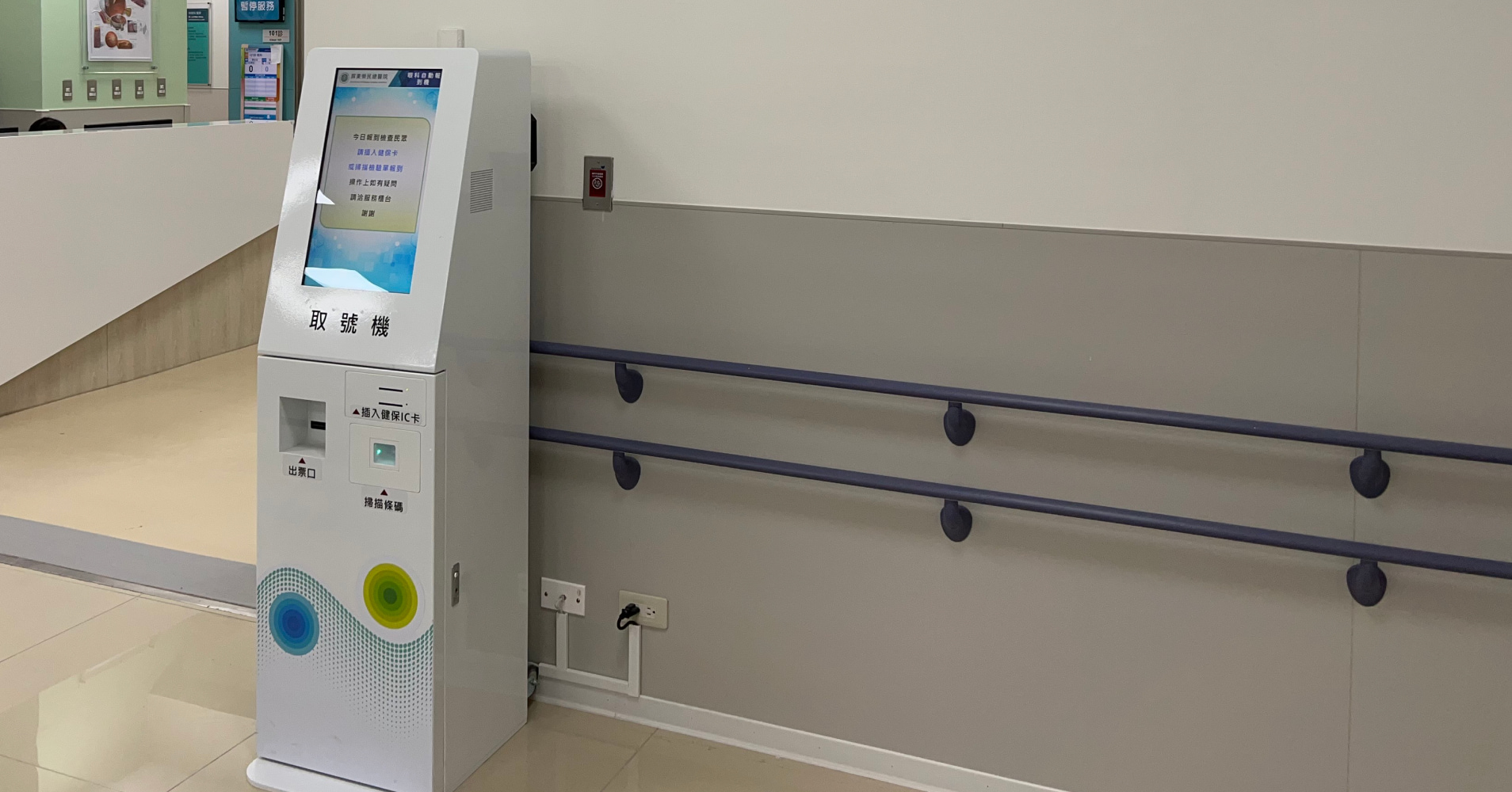
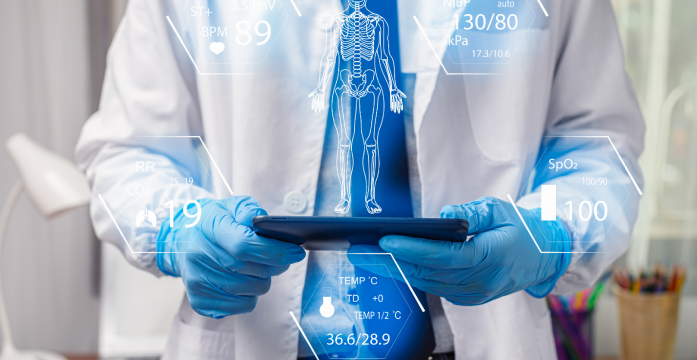
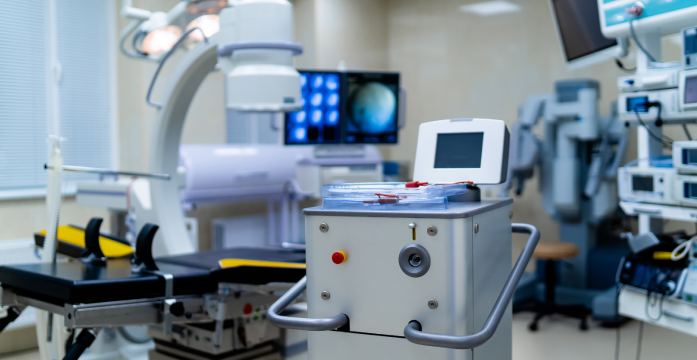

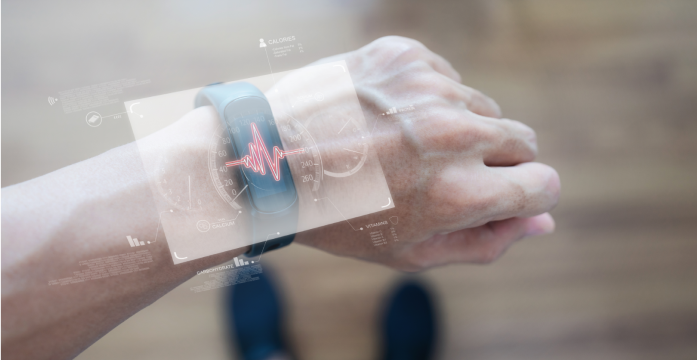
There is a need for fast and secure data transmission to enable quicker assessment of patients' treatments.
It is important to maintain good cost-effectiveness in order to support the continuous development of the healthcare system.
High reliability is crucial to ensure continuous operation and prevent failures.
It has user-friendly features to facilitate the operation for medical personnel.
It has good security to prevent harmful incidents to patients.
It has good maintainability to ensure the normal operation and lifespan of the equipment.
Accurate data and results are typically required to ensure precise diagnosis and treatment.
This standard encompasses the quality management of medical devices, ensuring quality and safety throughout the design, development, manufacturing, sales, and service processes of medical devices.
It includes numerous standards regarding the design, manufacturing, validation, and testing of medical electrical equipment, ensuring the safety and performance of medical electrical devices.
This mark indicates that the product complies with European Union safety standards.
The U.S. Food and Drug Administration (FDA) is responsible for regulating the safety and effectiveness of medical devices.
This is a set of regulations that restrict the use of hazardous substances, aiming to protect human health and the environment.
